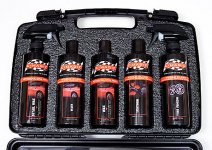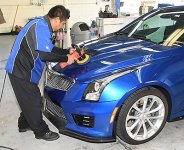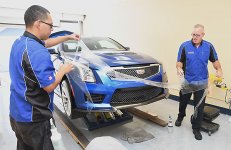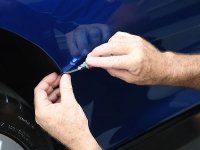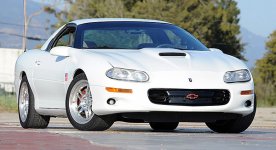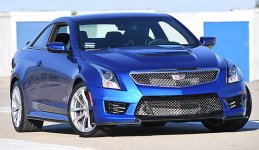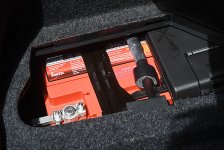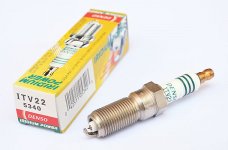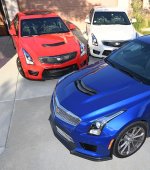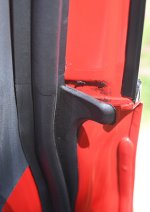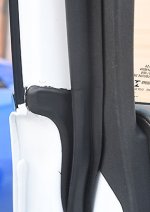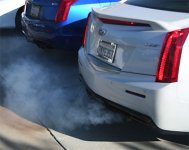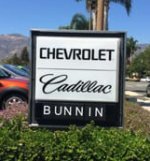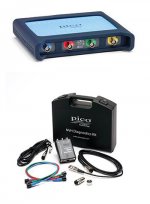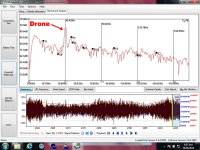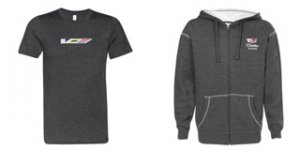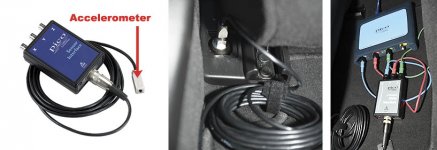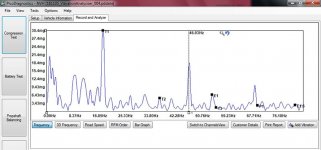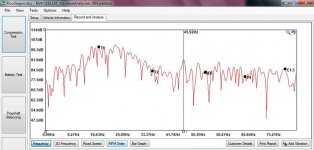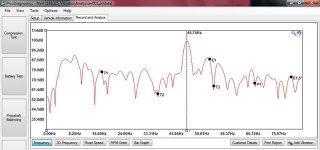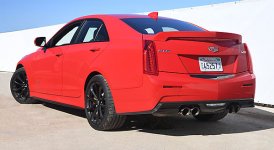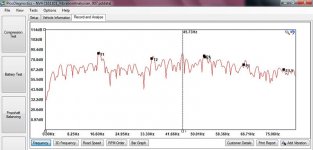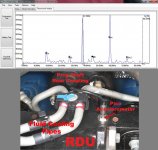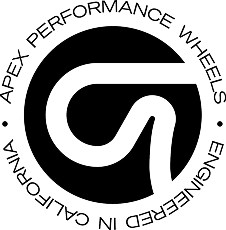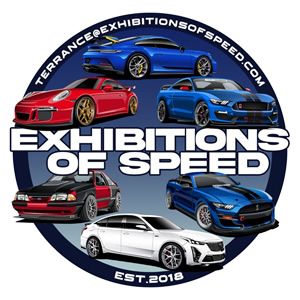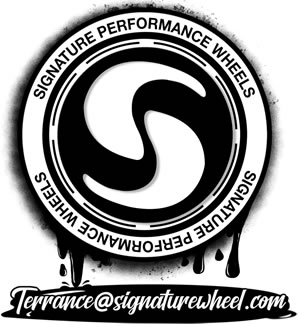The Road To My ATS-V
My story in owning my ATS starts from the day GM unveiled the coupe model, and then I wondered "Oh what if they make a V-series for it?" Thankfully they did, and my dream car became real when I saw it from the first moment.
But as it would be the case, I'd have to be patient. I was in a lease on a 2014 Impala LTZ (probably the best Chevy has done for a luxury sedan in two decades).
Fast forward to three days ago, my Impala lease is 8 months away from being over and I am about break even on it. I also saw some additional incentives offered this month from GM to try and close out the 2016 ATS-V models, so combined with all that knowledge and a GMS discount (my father is an employee), I started getting specifics with the dealer that had the car I wanted, well...close enough.
A 5 hour stay at the dealer (better than the Impala, we battled for an additional two hours on my trade in) and they put the keys in my hands. There were some very funny exchanges, my favorite being that I said something to the effect of being a very young Cadillac owner (I am 35) and the sales manager said "the ATS-V is designed with people under 40 in mind." I said, "Really? Because if I thought of the first 200 friends I have only two of them besides me who have succeeded enough in life to even consider leasing this car, much less buying it." His response was, "Oh you are easily the youngest person we've sold an ATS-V to." I finished with "Well, Cadillac might have intended the car for people under 40, but as you just stated, that's not who you are selling them to."
Not a tense moment or anything, but a highlight in a number of moments where the salesperson drub runs into reality. We got all the papers signed and out the door I went.
After 2.5 days I am still giddy but the response of other people is also fun but concerning: I am about up to a dozen utterances of two statements: "That's a Cadillac?" or "Why don't they advertise this car?"
Which at least tells me here in Saint Louis the car is poorly marketed. Granted, a vast majority of this metro area could not afford the car, not reasonably, but the simple fact people cannot recognize it is a blessing if you're an owner (makes me feel like I've truly captured something rare) but speaks badly of the car in terms of sales. If no one knows what it is, you cannot hope to sell even what you project to sell, and eventually will decide it's not worth the effort (Every Pontiac G8 owner I've ever met loves their car, hates GM). I don't think it will wholesale go away, but somehow I just have a sneaking feeling GM will do something to effectively make what the ATS-V is right now no more. The CTS-V lives in its sedan and it's great, but the coupe is gone. With the advent of the XT5/CT6 models, it's logical to think that minimally the car will be realigned to the new name standard (AT6? AT5?)
But, I am speculating of course and hope I end up being wrong. For now, I am happy grinning ATS-V owning bastard.
Shared album - Singularity 80 - Google Photos
 ocker:
ocker: ocker:
ocker:
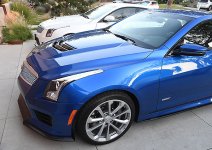
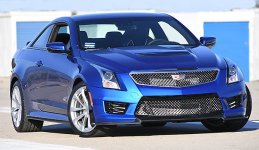
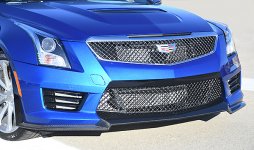
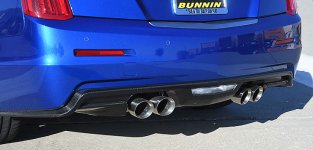
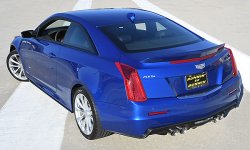
 ave:
ave: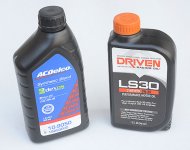
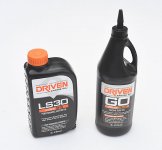
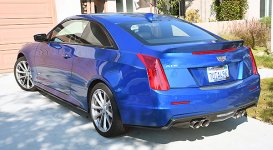
 :
: